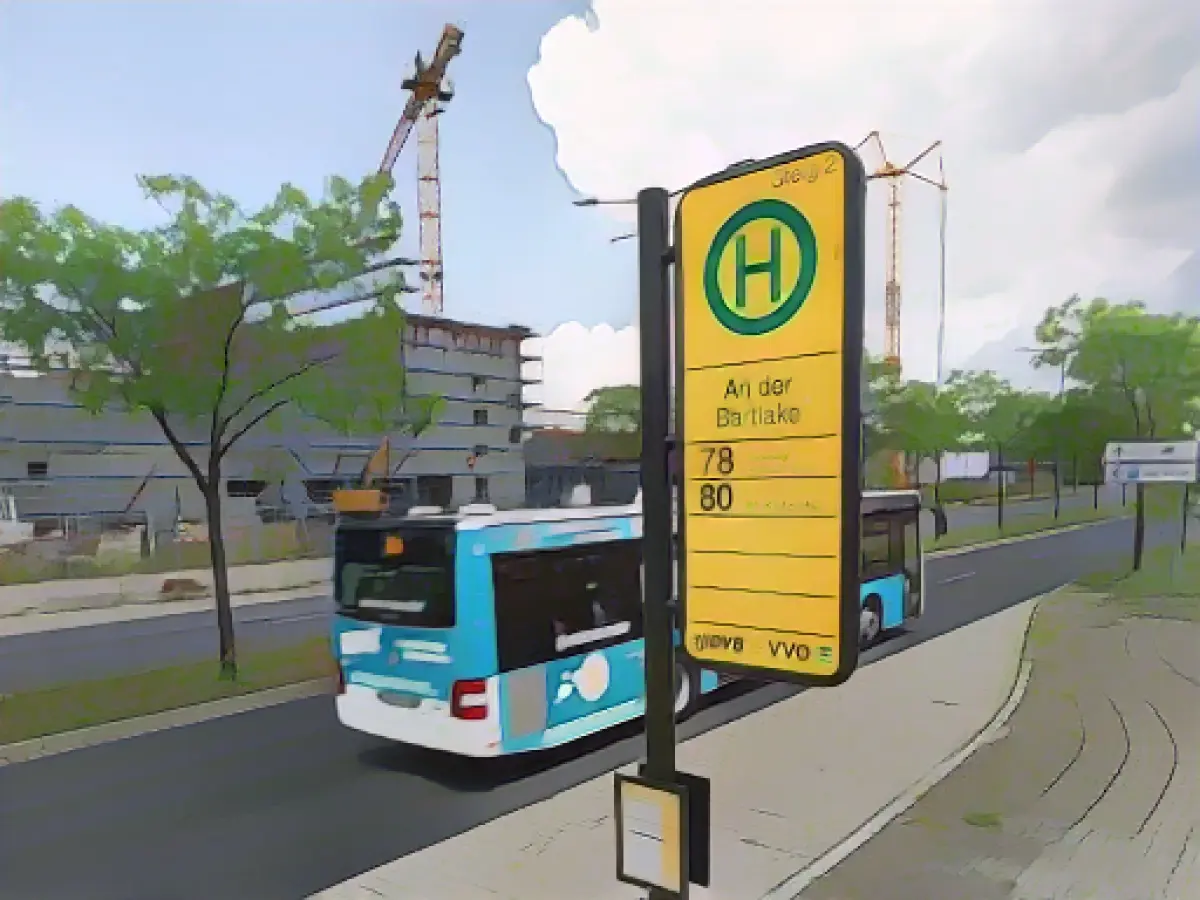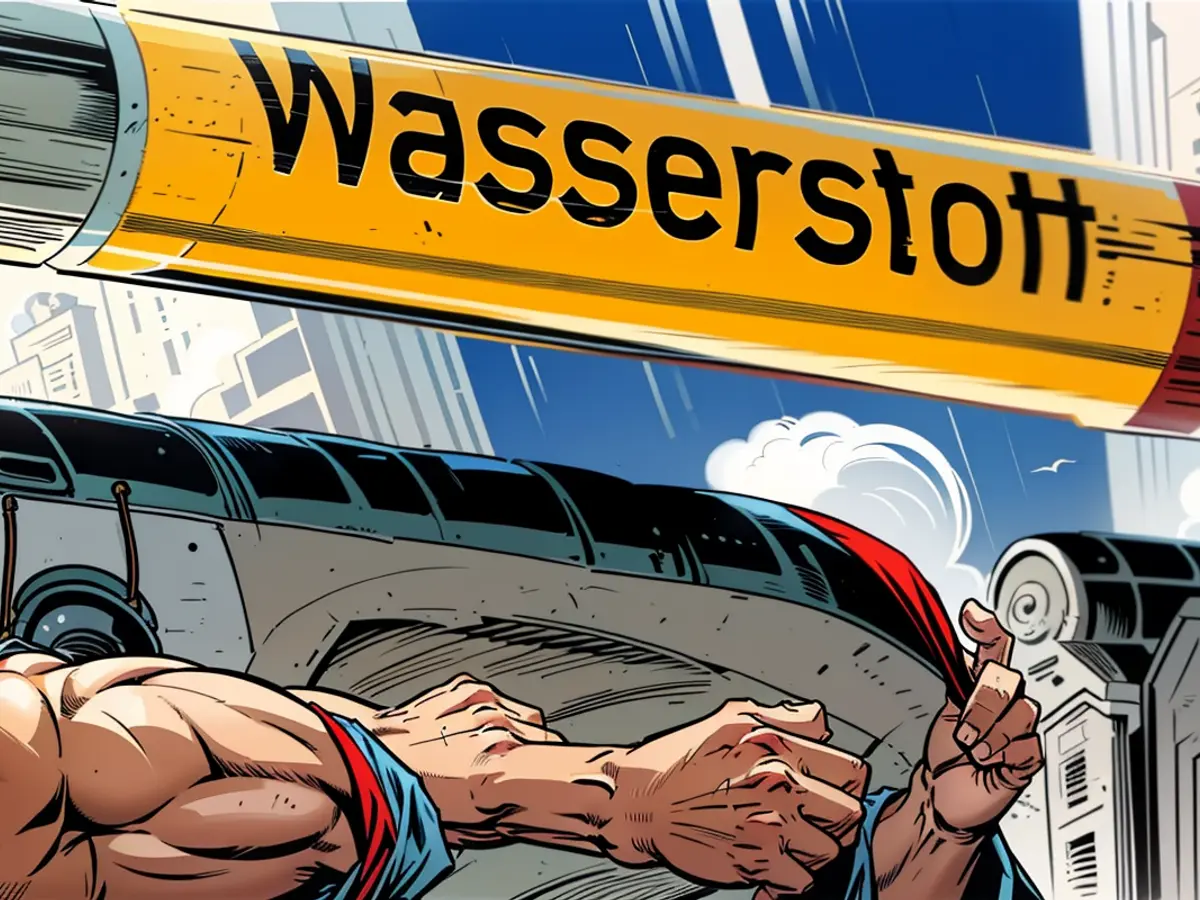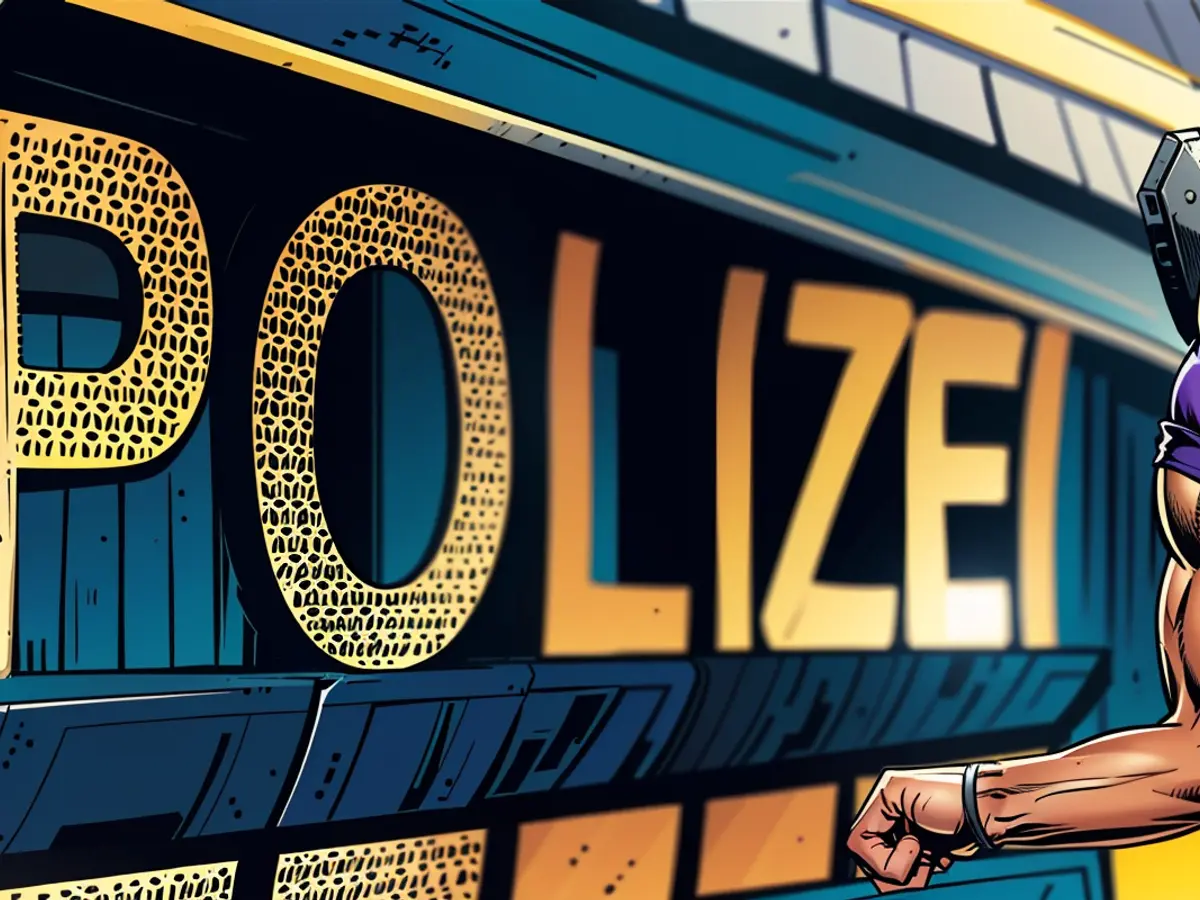Dresden's Public Transport System Offers Real-Time Capacity Information
Dresden's transport system, DVB, now provides passengers with a handy tool to gauge the fullness of their streetcars or buses before boarding. Thanks to a newly installed automatic passenger counting system, the timetable information displayed online and on the mobile app includes a symbol indicating the vehicle's capacity utilization. This decision is part of DVB's wider project to improve public transport, which started in 2020 and has an overall budget of over ten million euros.
The icon displaying the capacity utilization features three little men. One man symbolizes less than 30% occupancy, two men represent between 30-70%, and when three men are shown, the passengers can assume the vehicle is highly occupied. DVB, in collaboration with several municipalities, implemented this real-time capacity utilization system in various public transport networks. The project aims to enhance the commuter experience in these urban areas.
Involvement from European Funding
The counting systems within the vehicles account for around one-third of the total project cost and are partially funded by the European Regional Development Fund (ERDF), contributing 75% of the expense.
App Features for Passengers
Beyond the real-time information on the vehicle's capacity, the DVB Mobil app offers several additional features for passengers. You can discover connection information, departure times, ticket purchasing options, current service disruptions, and even activate a "Guardian Angel" function.
Improving Public Transport with Technology Worldwide
Many other cities worldwide have adopted similar real-time bus and train capacity utilization systems to improve the commuting experience and operational efficiency. For instance, New York area transit agencies and Montreal collaborated with technology companies to integrate real-time schedules and enhance user experience. Austin, Texas, and various transit networks, such as NJ Transit and NYC DOT, have partnered with innovative companies to provide real-time information, ASL translation, and improved indoor navigation tools. These examples underscore the growing trend of employing technology to better serve passengers and enhance public transportation infrastructures globally.








